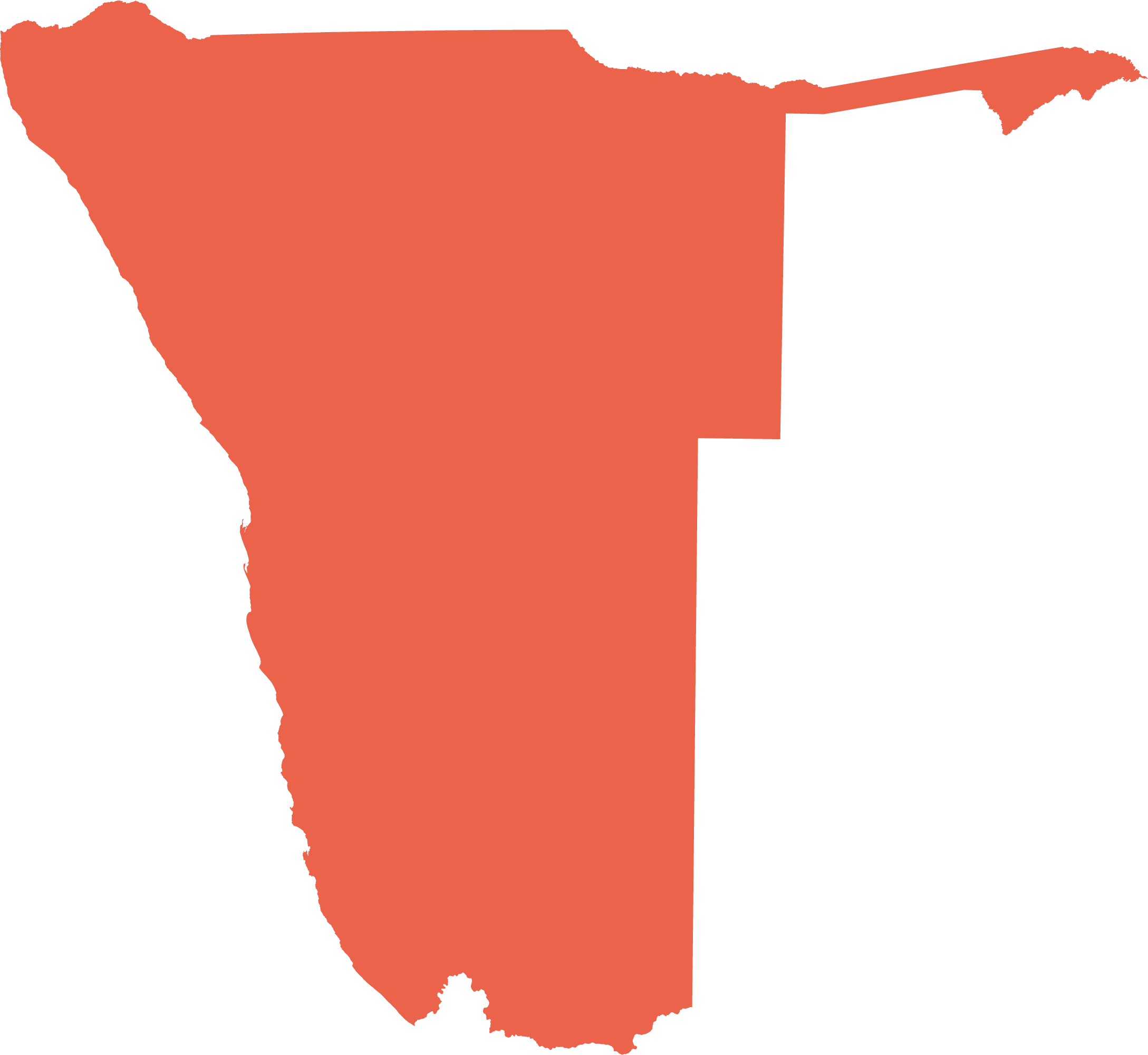Water access, demand and supply
Two realities make supplying water in Namibia a challenge. First is the general scarcity of water due to high evaporation and low rainfall. Second is because many people are concentrated in areas far from where sufficient water is naturally available. Water is thus often transferred over considerable distances, making its supply an expensive undertaking.
To meet the challenges of supplying water in Namibia a range of unconventional sources are used, such as desalinated seawater, and wastewater that is treated for irrigation and purified for drinking, and the artificial recharge of Windhoek's aquifer by injecting treated water from Von Bach Dam. As far back as 1968 Windhoek became the first major urban centre in the world to introduce direct potable reclamation whereby treated wastewater is sufficiently purified to be reintroduced directly into the pipes supplying drinking water. Treated wastewater is also used for irrigation and landscaping in Windhoek, Otjiwarongo, Swakopmund, Walvis Bay and in other smaller centres. Desalinated seawater produced near Wlotzkasbaken is supplied to Swakopmund, Walvis Bay, Arandis and some of the larger uranium mines in Erongo.

Photo: JB Dodane
Groundwater is the most widely used water source in Namibia, and is the only water used by many farms, villages and smaller towns. It is also used to supply all the water used by some larger towns such as Grootfontein, Tsumeb, Otjiwarongo, Lüderitz and Henties Bay, and groundwater contributes substantially to the overall supplies to Swakopmund, Walvis Bay, Arandis and Windhoek. However, most of the 55,000 boreholes that have been drilled across the country to explore for underground water and better understand this resource are either dry or only adequate for farm use or small villages. All of these boreholes, windmills and other pumps are testimony to the hard work of geohydrologists, drillers and farmers to bring groundwater to places which would otherwise be hard to occupy.

